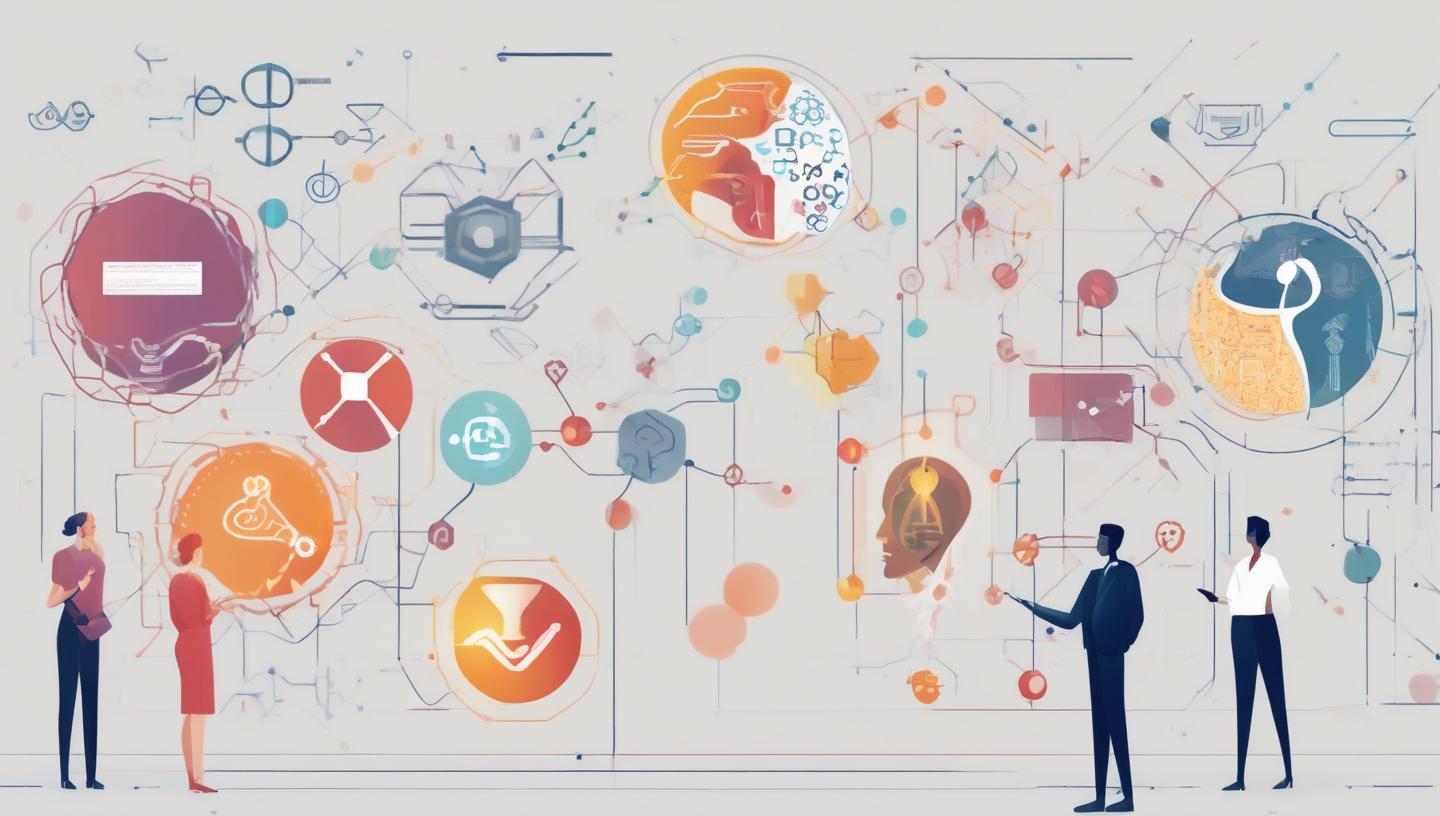The Human Element in AI Bias: Unpacking Cognitive Biases in Data

In today's world, as we push forward to create smarter machines, we've got to face the fact that human biases can seriously mess with AI systems. We're talking about cognitive biases that sneak into data and lead to unfair outcomes, compromising the whole integrity of machine learning. When you dive into the tangled web between data bias and cognitive bias in AI, you'll see they're tightly linked, shaping the core of fair and unbiased machine learning.
The Lowdown on Cognitive Biases in AI Systems
Cognitive biases, these consistent patterns of deviating from rational judgment, can lead to some pretty messed-up decisions. When these biases get baked into data, they can wreak havoc on AI systems, reinforcing social inequalities and prejudices. Take facial recognition, for instance. If the training data is mostly Caucasian faces, the system might suck at identifying people from different ethnic backgrounds. That's AI bias right there. To tackle this, we need to acknowledge these biases exist and take steps to minimize their impact, aiming for more ethical and fair AI systems.
How Human Prejudices Sneak into AI Development
Human prejudices can slip into AI systems through data collection, annotation, and even algorithm design. Biased annotators can unintentionally encode their prejudices into the AI model, leading to some messed-up outcomes. And if the development team lacks diversity, you get a narrow perspective, making the cognitive bias issue even worse. To fight this, organizations need to prioritize diversity and inclusivity, creating an environment that values different perspectives and promotes fair machine learning.
Spotting and Fixing Cognitive Biases in Data
Spotting cognitive biases in data is crucial for developing fair and unbiased AI systems. Some common biases that can affect AI include:
- Confirmation bias: the tendency to favor information that confirms existing beliefs.
- Anchoring bias: relying too much on initial information when making decisions.
- Availability heuristic: overestimating the importance of vivid, memorable events.
To tackle these biases, organizations can:
- Regularly review and assess datasets for potential biases.
- Make sure datasets are representative of diverse populations and perspectives.
- Test AI systems with blinded data to evaluate their performance and identify potential biases.
Building Ethical AI with a Holistic Approach
Fixing AI bias requires a multi-pronged approach that includes both technical and organizational solutions. Some key strategies for promoting ethical AI include:
- Regularly evaluating AI systems for fairness and bias.
- Fostering an environment that promotes open communication and responsible AI development.
- Ensuring development teams are diverse and inclusive, bringing unique perspectives and experiences to the table.
Let me share a personal anecdote. A few years back, I was working on an AI project for a tech company. We had a diverse team, but we still ran into some bias issues. It was a real eye-opener. We had to go back, audit our data, and make sure we were representing all the different groups we were trying to serve. It was a lot of work, but it made our AI so much better. So, if you're working on AI, don't forget to keep an eye out for those biases and make sure your team is as diverse as the world out there.

- Music
- Travel
- Technology
- AI
- Business
- Wellness
- Theater
- Sports
- Shopping
- Religion
- Party
- Other
- Networking
- Art
- Literature
- Home
- Health
- Gardening
- Juegos
- Food
- Fitness
- Film
- Drinks
- Dance
- Crafts
- Causes
